3 Things to Know About Exchanging Pieces
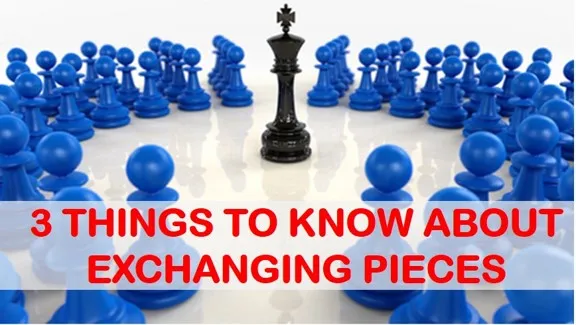
The art of simplification over the chess board is one of the aspects every player must learn in order to reach a higher level. Knowing which piece of your opponent you need to trade, when is the right moment to execute the piece exchange, or what pieces of your own you need to keep or get rid of are elements that need to be polished at all levels.
In this article we will have an inside look in these aspects of the game by examining the moments in which top Grandmasters execute the exchanges and the way they think.
- The tandems
- Positions with unbalanced material
- Modification of the pawn structure.
1. Tandem remaining:
For example, if your opponent has two bishops (with more pieces on the board, queen & rooks for example) and you have a bishop + knight, you need to evaluate what position would be good for you after the trade of one of your opponent’s bishops. What you should ask yourself is: after trading my knight for a bishop, would my remaining piece (a bishop in this case) become better or at least equal to the remaining bishop of my opponent’s?
Vice versa, in case of trading my bishop is my knight better or at least equal to my opponent’s remaining bishop? Remember that the knight is usually better than the bishop if it stands in the center, supported by a pawn, in a square of a different color than the enemy’s bishop.
Here is one fresh example:
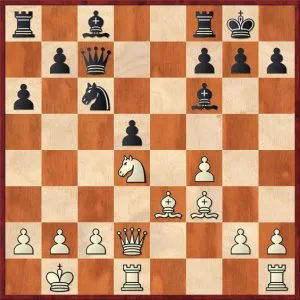
Black to move
After taking a look at the diagram above, we can see that white looks slightly better because of his strong knight in the center, the good coordination of his pieces and black’s weak d5 pawn. As things stand, white is better. Therefore, black needs to drastically think about changing the course of the game and I like Van Wely’s solution: 15…Bxd4!? 16.Bxd4 Bf5! The situation is still slightly better for white, but black is threatening Be4, in order to get rid of his opponent’s bishop pair and keep a solid knight on c6. Black went on to win a nice game. See the details here:
Ready to start systematic training that actually works?
Click here to start your training using the day-by-day program.
2. Reaching an unbalanced position:
Again, pay close attention to the minor pieces remaining on the board.
Even if there still are several other pieces on the board, try to anticipate possible endings in which your remaining minor piece is better than your opponent’s. This task is quite difficult in practice, as several positions of bishop vs knight are “simply equal”. However, very often the bishop does not have any visible targets to attack and the side with it has to stand passive and wait for the opportunity to trade the bishop for the knight (which your opponent won’t make easy, so don’t count on this).
Those positions in which your knight can stand on squares of a different color than your opponent’s bishop are often good; on the contrary, with passed pawn(s) on the board, the bishop is better. Let’s have a look at the next two diagrams:

Black to move
Black can choose the easy 18…Rxa5. Instead, he chose to simplify the game with captures on c3. In return he obtained a position in which, despite being equal, he can attack white’s pawns and “jump” with his knight around for an unlimited time. It is very difficult for white to change the static of the position. In practice such situations are very difficult to defend. See how white could have avoided this situation in the first place and how black went on to win from here:
In the following diagram White has a positional advantage due to the pressure on black’s queenside and better coordination of pieces.

Svidler decided to convert it into something tangible with the move 21.Nd5! Note that after the forced 21…Bxd5 cxd5 black is unable to blockade the d5 pawn. If, for instance, he’d be able to play Queen d6, his position would be OK and white’s bishop wouldn’t be superior to the knight. However, this is not the case. White pushes d5-d6 on the next move and consolidates a clear advantage. See how it went here:
3. Modifying the pawn structure:
Pawn structures can change through the trade of pieces. In fact, it is a very common method to change the character of a position and open it (or close it) at any point. Pay close attention at the pawn structures that arise after the exchanges, as the character of the play is often defined by this. In the next game we see a typical scenario in the Najdorf Sicilian in which white forces the modification of the pawn structure into a queenside majority:

With his move 11.Nd5 white seeks to modify the pawn structure and obtain a mass of pawns on the queenside. The play is defined by this, meaning that black will have to seek counter-play on the kingside and center while white will try to push his queenside pawns with b4-c5 etc. See more in the game below:
If you want to improve your chess level, you need to have a clear study plan. If you aim for a dramatic improvement at chess you need to work on all of the elements of the game in a systematic way:
- tactics
- positional play
- attacking skills
- endgame technique
- classical games analysis
- psychological preparation
- and much more
That seems to be like a lot of things, and that is. But no worries, we have made it easy for you. Our comprehensive training course covers it all and much more. Sign up for 21 Day Training right now!



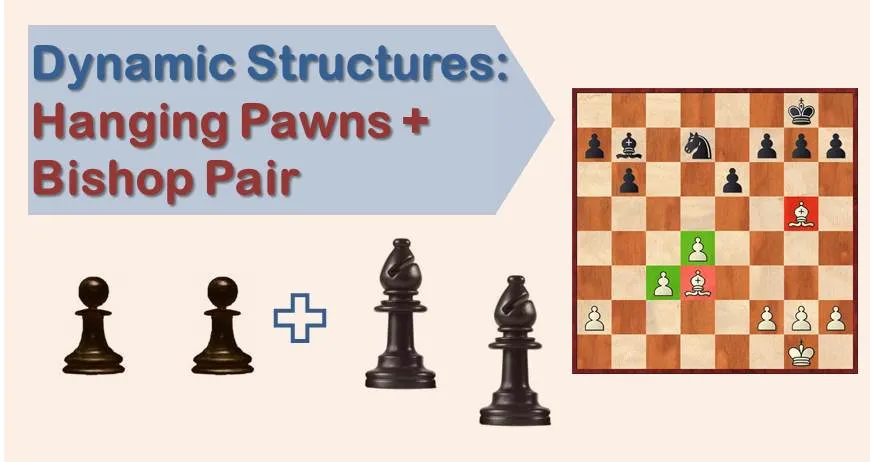
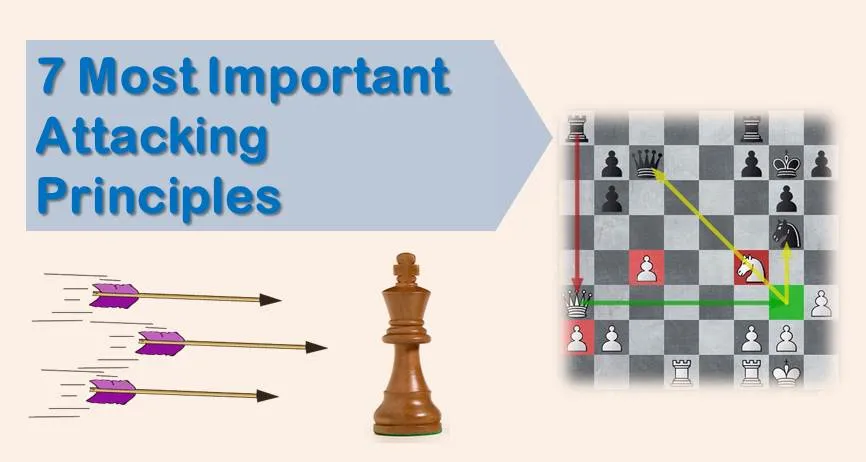
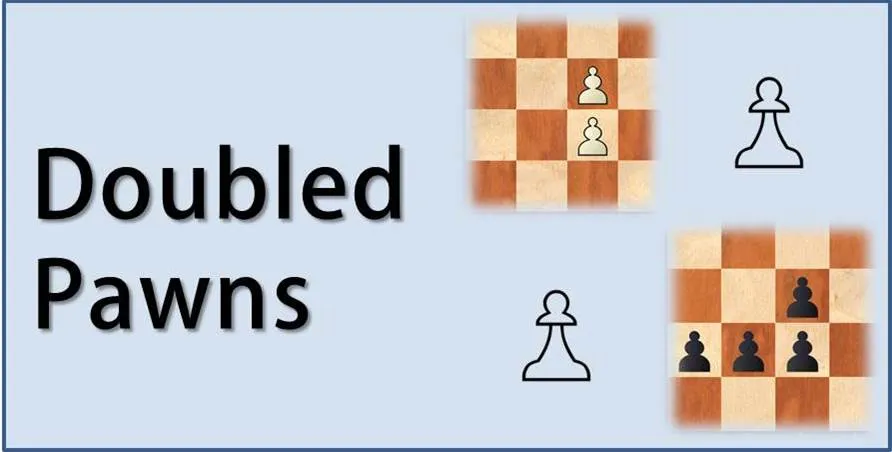




Comments: